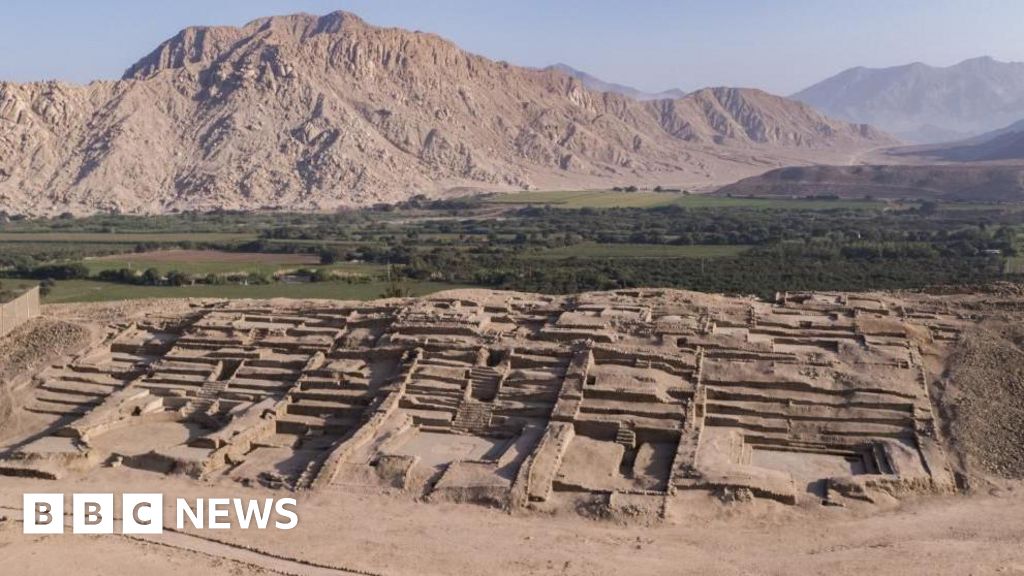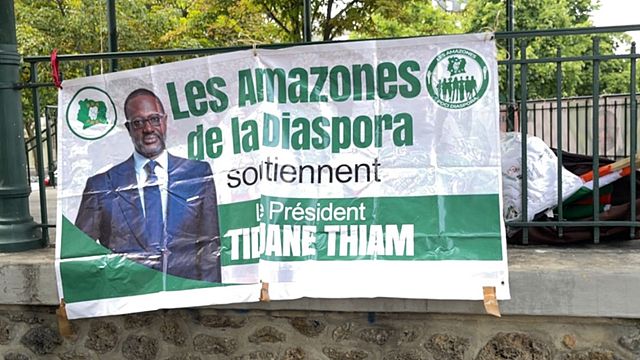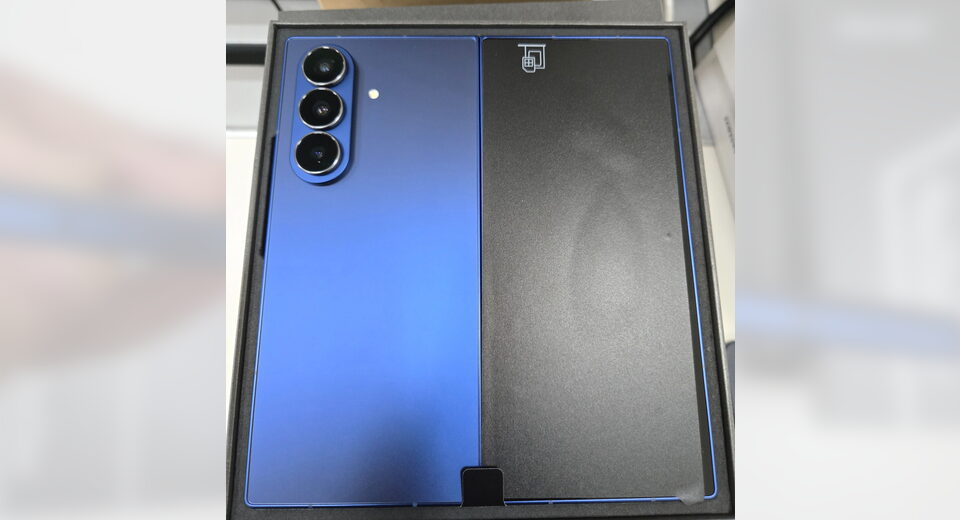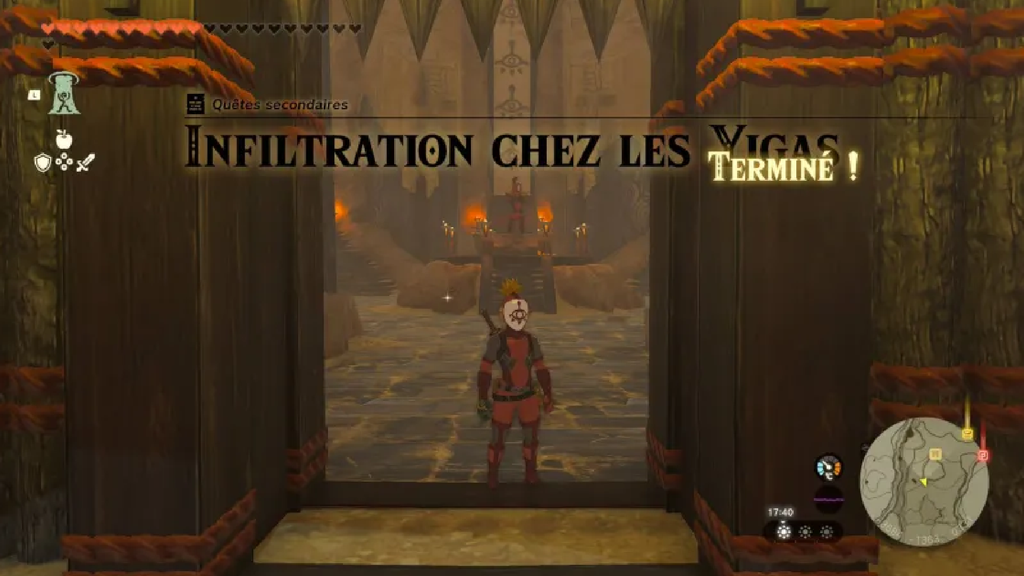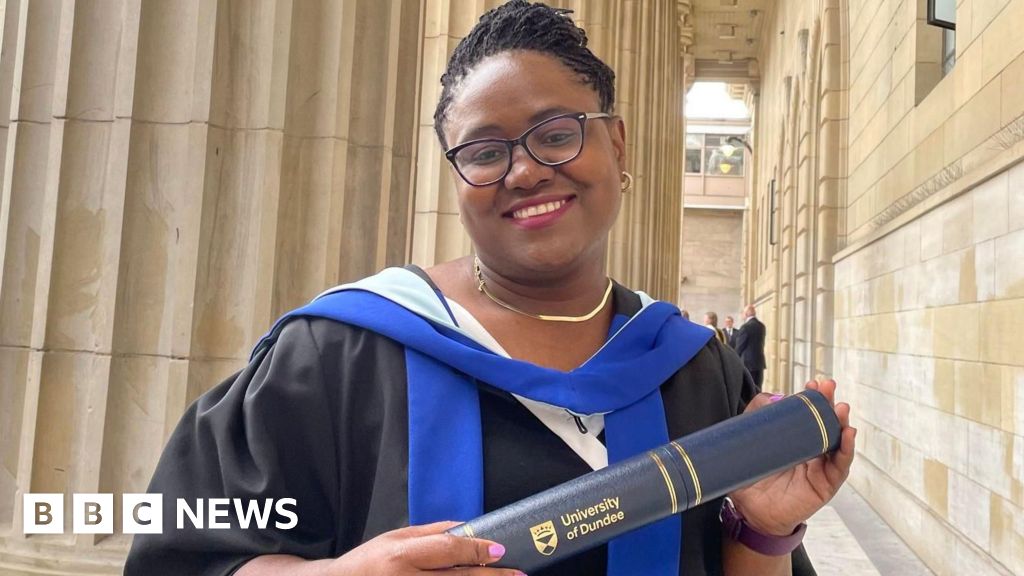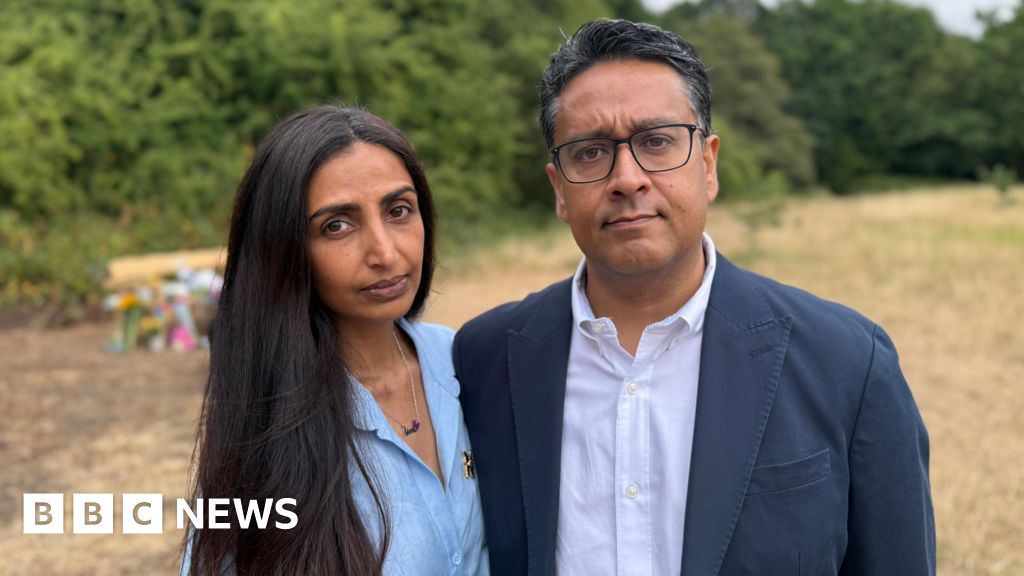Hannah Cairo has solved the Mizohata-Takeuchi conjecture
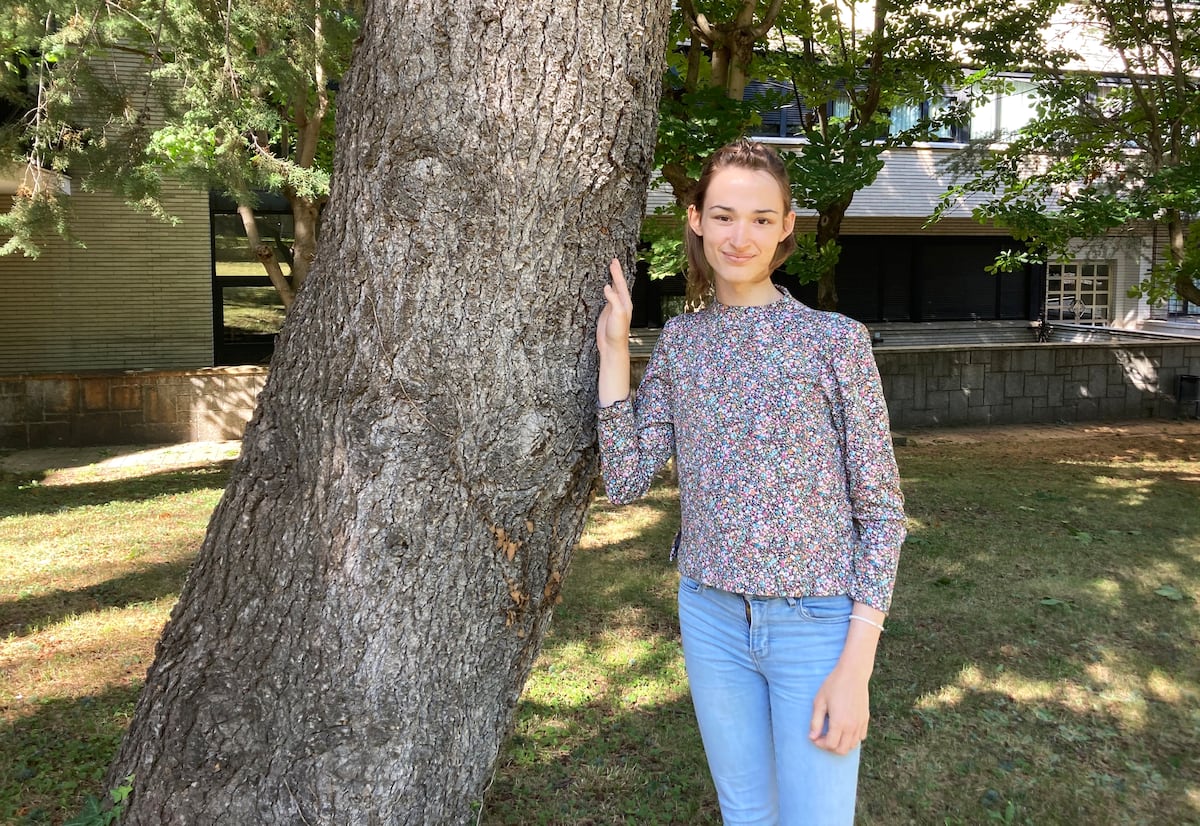
Hannah Cairo was stuck on a math problem. All she could think about during those weeks was a new approach. “After months of trying to prove the result, I managed to understand why it was so difficult. I realized that if I used that information correctly, I might be able to refute the claim. Finally, after several failed attempts, I found a way to construct a counterexample [a case that does not satisfy the studied property and therefore proves it is not universally true].” Ciaro says it required several tools, including fractals, and she had to arrange everything very carefully. “It took me a while to convince Ruixiang Zhang [the professor of the course where the problem had been posed] that my proposal was actually correct,” Cairo says.
She was right—and with that, Cairo solved the so-called Mizohata-Takeuchi conjecture, a problem first proposed in the 1980s that had kept the harmonic analysis community had been working on for decades. The conjecture was widely believed to be true — if so, it would have automatically validated several other important results in the field — but the community greeted the new development with both enthusiasm and surprise: the author was a 17-year-old who hadn’t yet finished high school.
“When I moved to the U.S. from Nassau [in the Bahamas, where she was born], I entered the educational system as a high school student, although I took classes at UC Berkeley. I wrote to professors, telling them what books I’d read on the subject, and asking if I could attend their classes. Many said yes, including Zhang,” she says. “One day, he proposed proving a special, much simpler case of the conjecture as a homework assignment. As an optional part, he included the original conjecture. And I became obsessed with it,” she adds.
The Mizohata-Takeuchi conjecture falls within the field of harmonic analysis, which attempts to break down functions into simpler components, such as sinusoidal functions. Today, it’s a very active area of research and has become a fundamental tool in numerous applications, from compressing digital audio and video files to designing telecommunications systems.
Harmonic analysis was born in the early 19th century with the work of French mathematician Joseph Fourier on the study of the heat function, a partial differential equation that describes the diffusion of heat in a solid body. His revolutionary idea was to break down this complex function as a sum of sines and cosines. The technique, known as Fourier series, opened the door to a new way of understanding physical and mathematical phenomena. “In the theory of harmonic analysis, everything is made up of waves. You can build anything with them, if you use the right number of waves,” says Cairo.
In what’s known as Fourier restriction theory, researchers study what types of objects can be built using only a limited set of waves. “Only certain things can be constructed, and it’s very difficult to understand which ones. The Mizohata-Takeuchi conjecture states that if you use only certain types of waves, you get a shape made of lines,” she explains.
“Once I obtained the first counterexample, I tried to reformulate the entire problem in frequency space. And I observed what my construction looked like this way. Then I realized that, in fact, there was another, much simpler way to design a counterexample,” she states with satisfaction in one of the rooms of the San José Residence in El Escorial, where the 12th International Congress on Harmonic Analysis and Partial Differential Equations was held from June 9 to 13. The event, organized by the Institute of Mathematical Sciences (ICMAT) and the Autonomous University of Madrid, is known as the El Escorial Meetings and, in its nearly 50-year history, has become one of the most prestigious in the field.
This was Cairo’s first international scientific trip. “It’s a wonderful experience spending time with other people who love mathematics,” she says. At the conference in El Escorial, she gave one of the program’s scheduled talks. And, far from feeling self-conscious, she enjoyed it. Cairo enjoys public speaking. She loves teaching other students — who are sometimes older than her. Her vocation, she says, is “to help other people, to make them happy.” And, for as long as she can remember, she’s been fascinated by mathematics.
She began reading complicated textbooks on the subject on her own. “I always wanted to be a mathematician, but I didn’t really know what it meant until I learned abstract algebra from books. It’s funny, because abstract algebra is the opposite of the mathematics I do now. Actually, at first, I thought I would go into number theory. When I was 13 or 14, I wrote a paper on number theory, but it dealt with a problem that nobody cared about,” she recalls, laughing.
During the COVID-19 pandemic, the Berkeley Math Circle summer camp — a program where pre-university students collaboratively solve difficult math problems — had to be held online. This allowed Cairo, from the Bahamas, to enroll in the course. “Math circles are about exploring and sharing your ideas with friends; they’re not like school math, where you have to memorize. The work is similar to painting a picture with your ideas. It’s not about achieving a tangible goal, but simply about understanding things, asking questions, and it’s also a great way to make friends,” she says.
The program director recognized Cairo’s extraordinary mathematical talent — another goal of this type of activity is to identify people with a special talent for mathematics and foster their interest and ability — and invited her to teach in future editions. And she did. Now, at her new university, the University of Maryland, where she’ll begin her Ph.D. this fall, she hopes to start her own group.
At the University of Maryland, she will continue working under the supervision of Zhang. “He helped me so much, and I’m really grateful. Beyond his class, which I loved, he spent countless hours tutoring me,” she recalls. In Spain, ICMAT’s new Mathematics Intensive Programme (MIP) also aims to identify and support promising young mathematicians.
Ágata Timón García-Longoria is the coordinator of the Mathematical Culture Unit at ICMAT.
What's Your Reaction?
 Like
0
Like
0
 Dislike
0
Dislike
0
 Love
0
Love
0
 Funny
0
Funny
0
 Angry
0
Angry
0
 Sad
0
Sad
0
 Wow
0
Wow
0

